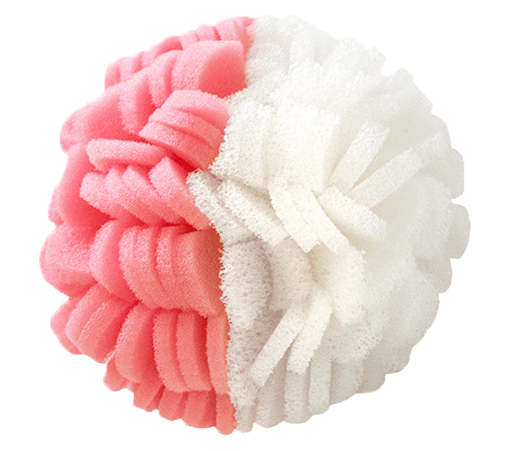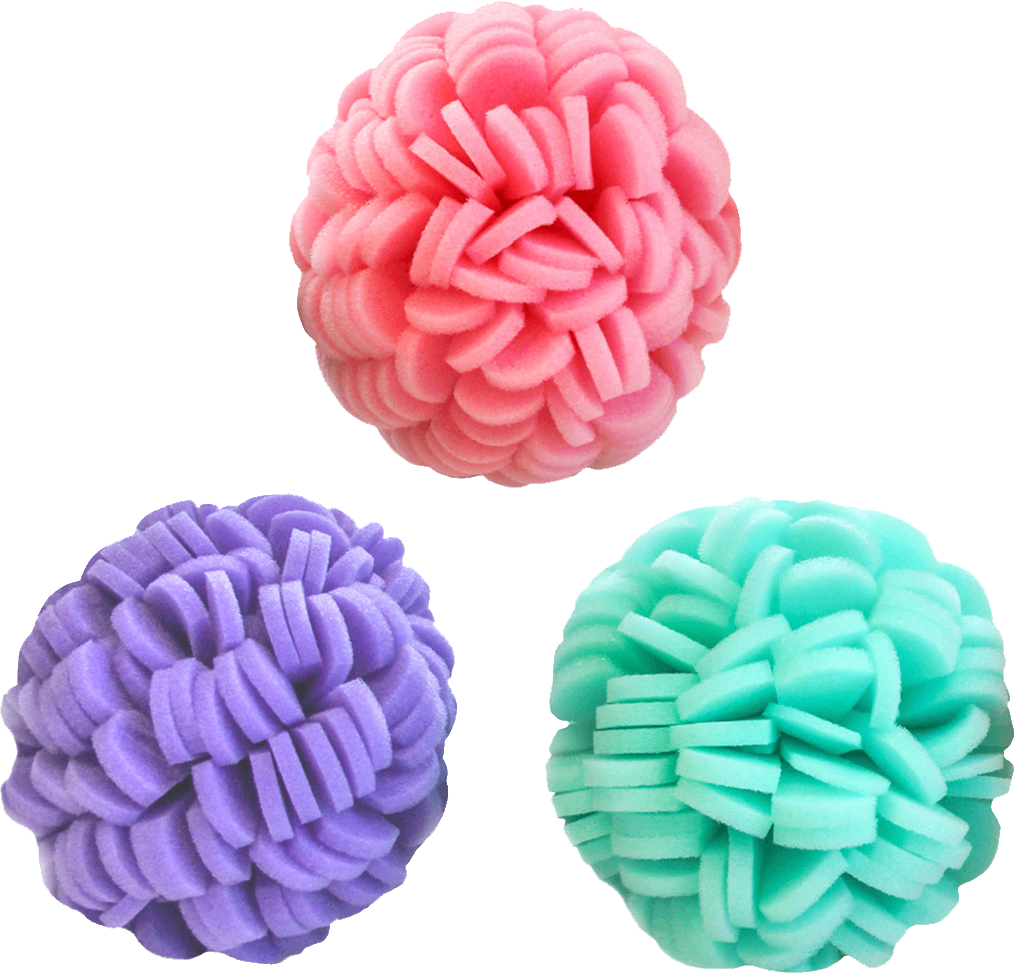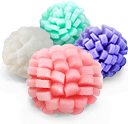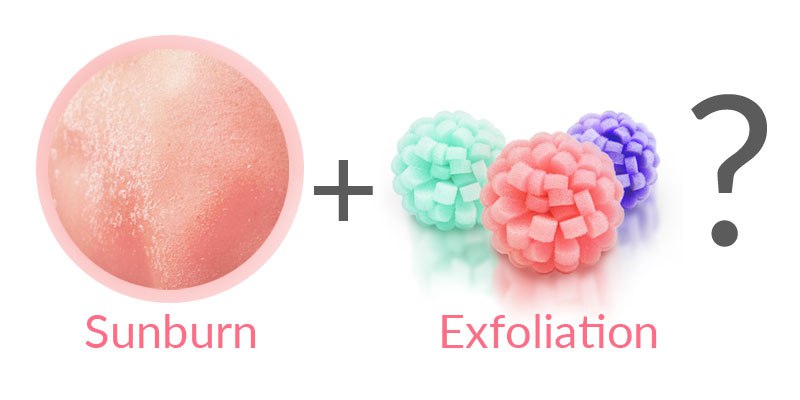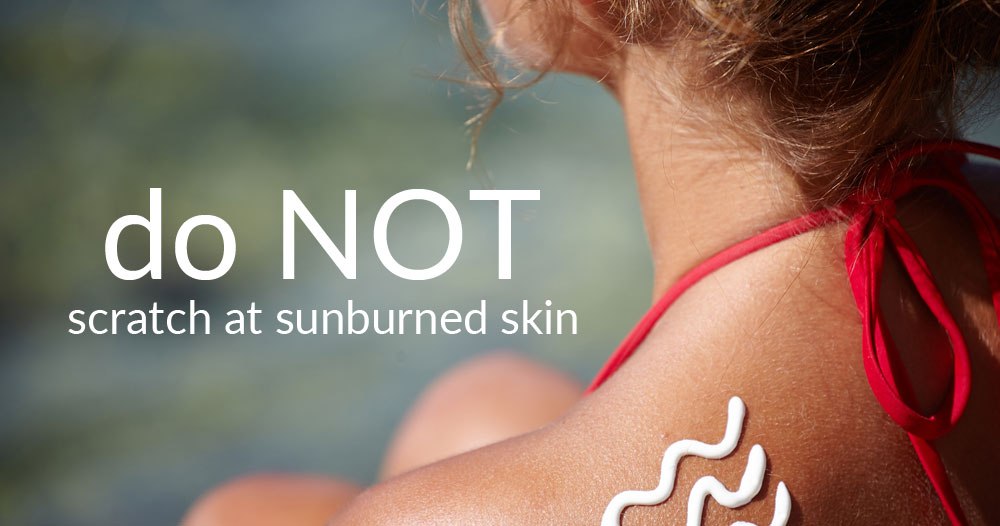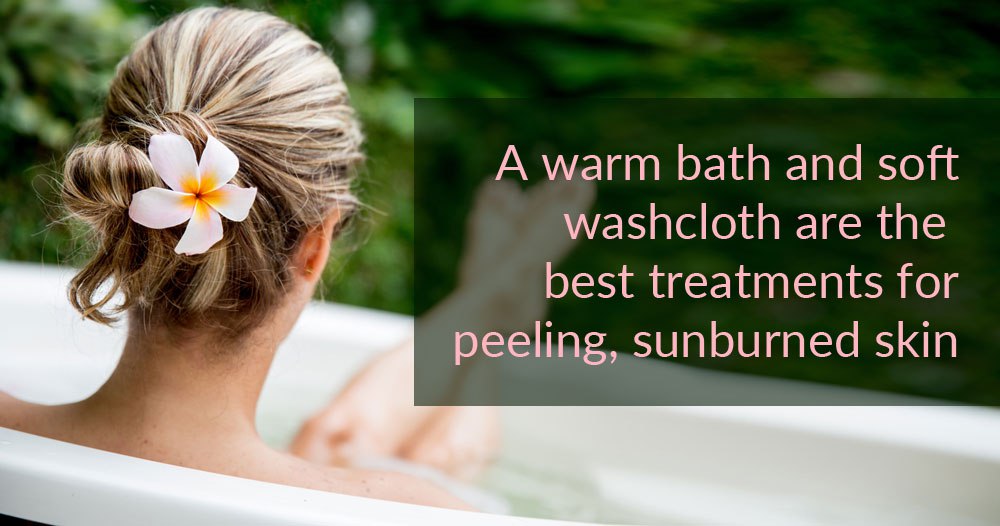Sunburn isn’t just limited to the summer; the sun’s rays are just as powerful during the cooler months and can inflict even more damage on the skin if you forgo applying sunscreen. Although there is plenty of advice on how to soothe sunburn, few of us know how to care for skin that is semi-healed – should you exfoliate away all of those curls of dried skin, or let them be? ViaBuff investigates!
Do Not Exfoliate For Several Days After Being Sunburned
Contrary to popular belief, you should not exfoliate freshly-sunburnt skin. Loofahs, buffs, body brushes, and even rough washcloths can further irritate your sunburn and hinder your skin’s ability to heal itself, so it is best to abstain from your normal exfoliative routine until your sunburn has mostly disappeared (The Skin Surgery Centre). Rather, you should drink plenty of water, avoid sun exposure, and apply soothing moisturizers that will heal your sunburn and minimize skin peeling. If your skin blisters or appears severely inflamed, then you should seek medical care immediately (Dr. Amy Wechsler for Beautylish, The Skin Surgery Centre, Dermalogica).
But What if My Skin is Peeling?
Even if your skin begins to peel, this does not indicate that you can resume using your regular exfoliative tools and serums. The Skin Surgery Centre notes that only three days after your skin has stopped peeling should you resume using chemical exfoliants like salicylic acid, glycolic acid, and retinoids. But what are you supposed to do about the curls of dead, peeling skin that clog your pores? It is generally recommended that you do not scratch, pick, or otherwise manually remove these flakes of skin, as it can hinder your skin’s healing process. However, warm baths (not hot!) and soft washcloths can work to gently remove these flakes without further damaging your skin. Dr. Susan C. Taylor recommends bathing once or twice a day and using a soft washcloth or disposable cleansing cloth to gradually remove peeling skin. The warm water works to soften your skin while a soft washcloth can evenly and gently remove peeling skin without damaging the healthy skin beneath it. After your skin is no longer so sensitive or inflamed, you may want to talk to your dermatologist about using moisturizers and serums containing mild alpha hydroxy acids (Dr. Susan C. Taylor for Today.com, LiveStrong).
Make Sure To Practice Sun-Protective Behavior in the Future
Sunburnt skin has undergone trauma, so it is best to avoid the source of that trauma (UV exposure) while the skin heals. If you do go back outside, you should make sure to apply a broad-spectrum sunscreen that protects against both UVA and UVB rays and reapply it every two hours (but more frequently if you go in water or sweat profusely). You should also wear dark-colored clothing and tightly-knit or sun-reflective clothing that limits the amount of UV rays that can reach your skin. For added protection, you may want to wash your clothing with special detergents that increase the clothing UPF rating (Skin Cancer Foundation, Skin Cancer Foundation).
Bottom Line
While recovering from sunburn, it is best to abstain from your exfoliative routine until your skin is no longer sensitive or inflamed. It is generally recommended that you let the skin peels resolve themselves on their own, although soaking your skin in a warm bath and rubbing it with a soft washcloth can generally remove peeling skin without causing further irritation. For the best skin health, you should always make sure to wear a sunscreen every day and reapply it every two hours, in addition to wearing sun-protective clothing.

